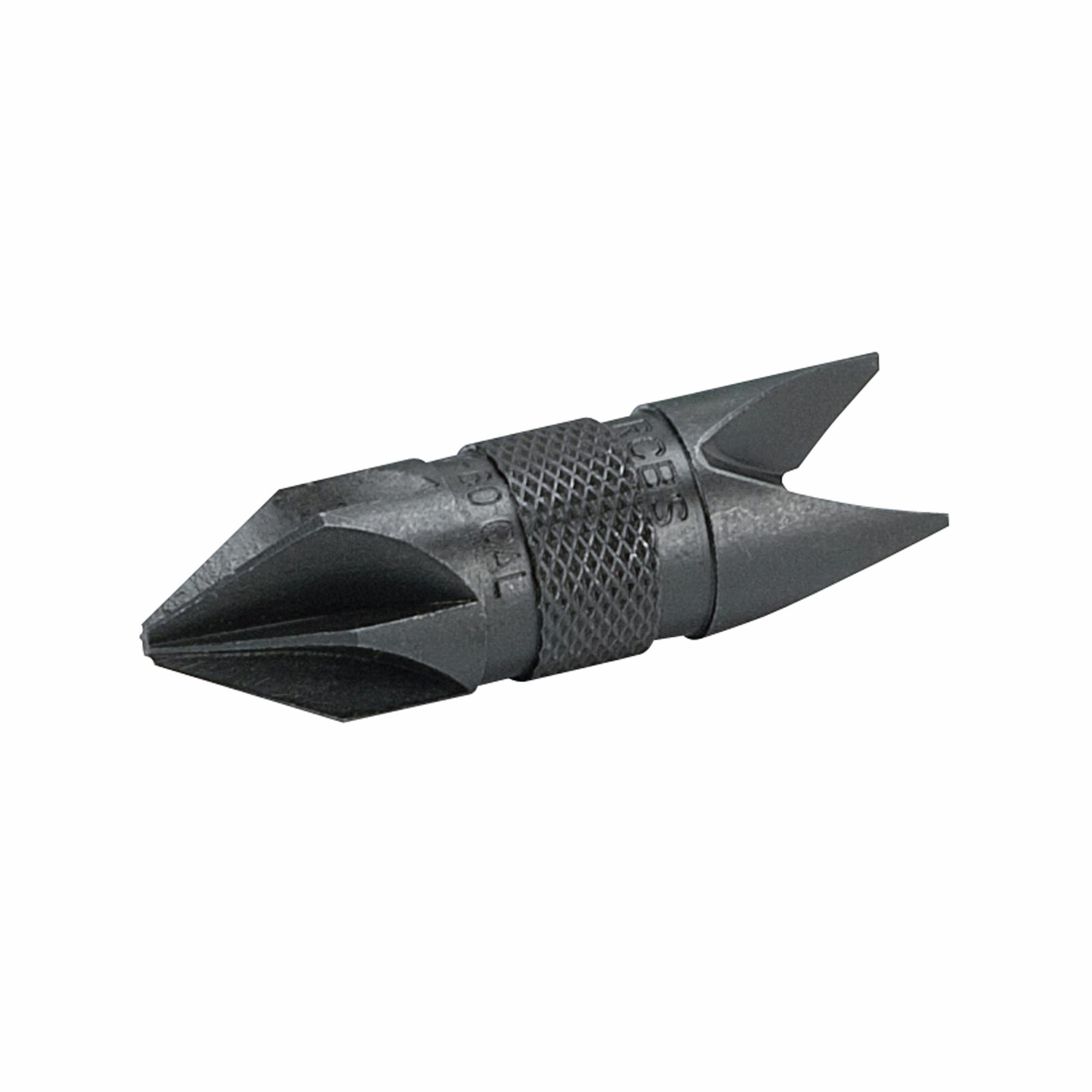As Koda said, you're well on your way. A couple of points:
1. You didn't specify, but it sounds like you're using Hornady One Shot spray lube, and applying it while the cases are lying flat. I have only used two cans of One Shot, as I prefer Imperial die wax, but for me the great benefit of One Shot is that you can lube the inside of the case neck at the same time if you stand the cases up and spray them lightly. I stand them in a tray of some kind, spray them all lightly, wait 30 seconds for that to dry, then rotate the tray 180 degrees and repeat. Two passes will get the inside and ourside of the case necks properly lubed, and you might find you have less problem on the upstroke of the press.
2. The difficulty of seating some bullets, and the thin ring, might be because of different brass hardness and/or case necks that are not chamfered inside sufficiently. You can address hardness by annealing, but you don't want to get into that at this stage of the game, and probably never for .223. Try inside chamfering a little more and see if that solves the problem.
3. The ring around the bullet is partly because of lack of chamfering, but could also because the seating stem does not fit your bullet properly. You could try lapping the seating stem. Not difficult (hand drill with lapping compound), but maybe not necessary when you get the inside of the case mouth chamfered a little more.
Good luck -- you've got a good start. BTW, is this for a bolt gun or a gas gun?

